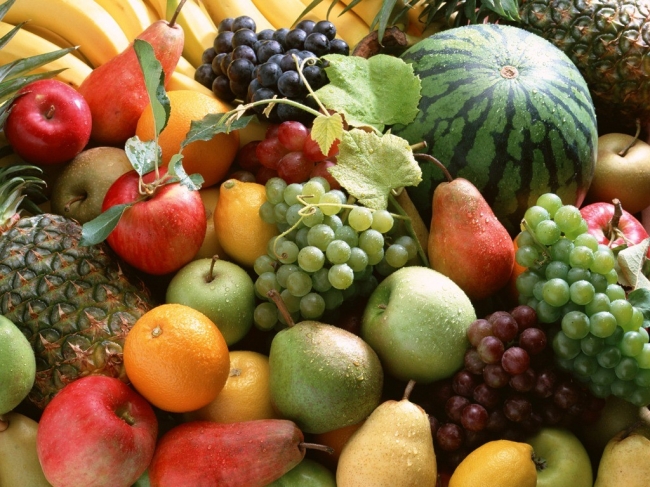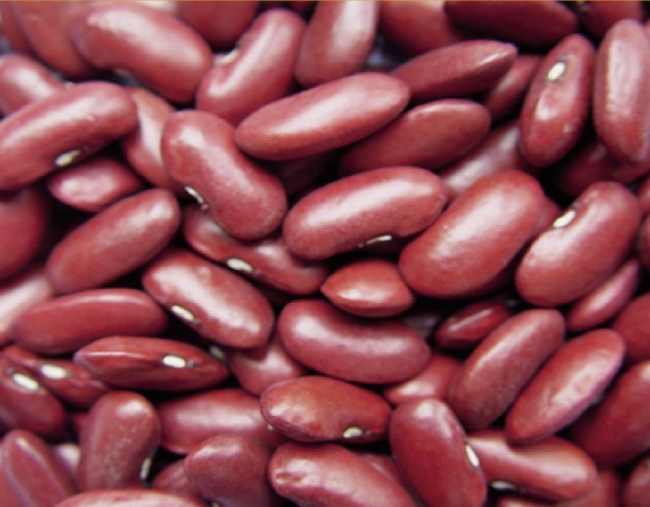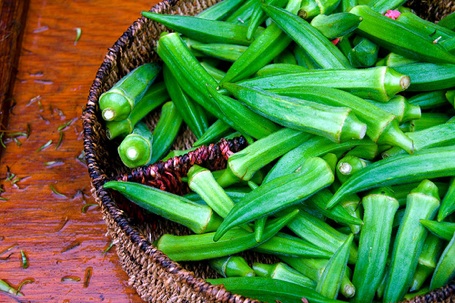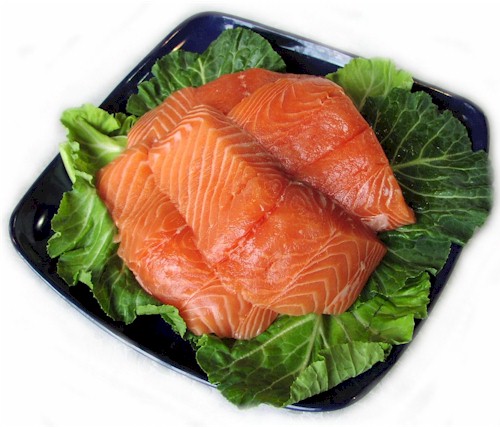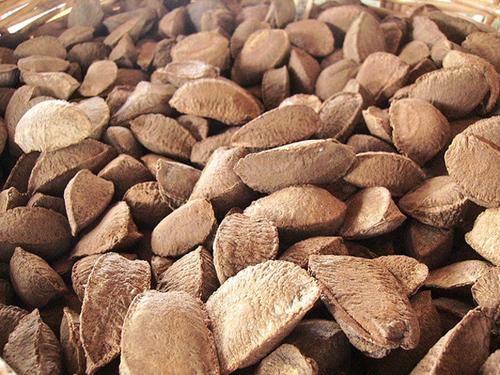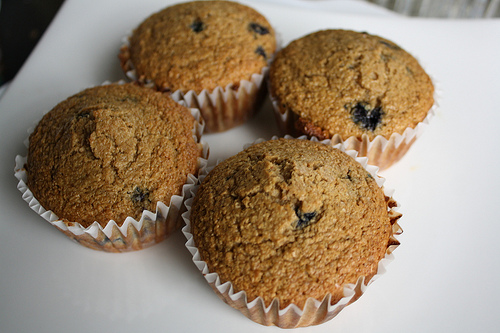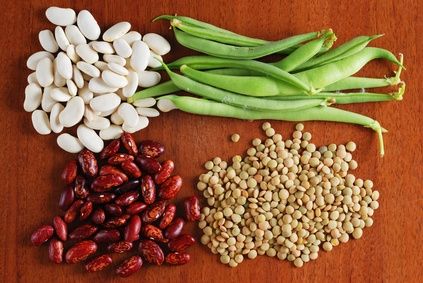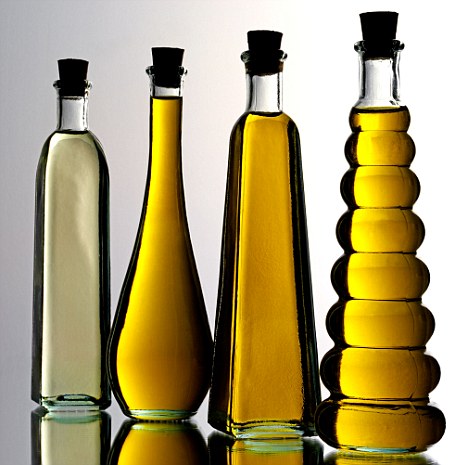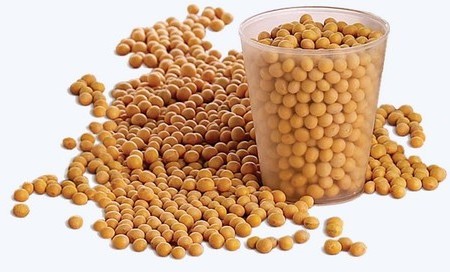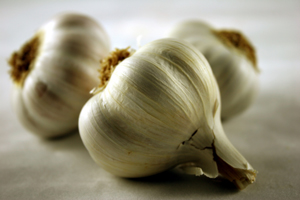Maintaining a healthy level of cholesterol is very important these days. With a fast-paced lifestyle, most people don’t have the time or sometimes, even the inclination for healthy eating. One thing everyone does everyday is to consume food and by doing so you can maximize the cholesterol-reducing benefits of what you eat. And guess what, it’s easy to eat your way to a lower and healthier level of cholesterol. There are two steps involved: the first involves eating foods that will lower your harmful (or LDL) cholesterol, the second is eating foods that will increase your good (or HDL) cholesterol.
Apples, grapes and strawberries
These fruits are high in pectin: a soluble fiber that helps reduce cholesterol levels. The interesting thing about pectin is that, by itself, it does not contribute to nourishment. In fact, consuming pectin-rich foods is considered to be a contributor to health and reduced cholesterol levels. Though it’s a part of our diet, the normal daily intake of most people is only around 5 grams, which is got from fruits and vegetables and may not be nearly enough. A healthy amount of pectin can be gained from several servings of apples, grapes and strawberries. Consuming about 500 grams of fruit and vegetables daily will be sufficient to get a satisfactory intake of pectin.
Pectin binds along with cholesterol in the human gut which then reduces glucose absorption. At the same time, later in the digestive process, the pectin-rich mass enters the large intestine and colon and is broken down by the microorganisms residing there. This degrading of pectin releases fatty acids which contributes towards a healthy life.
Beans
Beans are a wonder food: they are high enough in fiber that consuming several servings of beans is sufficient to make you feel “full” for some time after a meal. The reason for this is that they are high in plant proteins like cellulose that can increase digestion time. This is especially useful for those people who’re trying to lose weight.
It has also been proven that intake of beans certainly does reduce the overall level of cholesterol and LDL cholesterol, the harmful type of cholesterol. The soluble fiber in legumes is known to have a hypocholesterolemic effect. Research indicates that by including one and a half servings of legumes in your daily meals, four times a week, will reduce the harmful cholesterol levels in your blood by up to 15 percent! Simultaneously, it also reduces your risk of coronary heart disease by over 20 percent.
The best thing is that this includes almost any kind of legume: pinto beans, lima beans, black eyed beans, butter beans, etc. Almost all kinds of beans have phytonutrients like proteins, isoflavones and saponins that contribute to reducing cholesterol and reducing the risk of heart disease.
Lady’s finger (okra) and brinjal (eggplant)
These vegetables are a great source of soluble fiber which clumps with cholesterol and inhibits the body’s ability to absorb cholesterol. Besides being low on calories like all vegetables, the natural glue that comprises of the numerous fibrous compounds in eggplant and okra also combine with toxins in the food. An added advantage is that these vegetables contain copious quantities of natural laxatives that speed the way of the food through the system, reducing the time cholesterol and any toxins are in contact with the walls of the intestine, thus slowing down their uptake. One serving of okra, about half a cup, or 6-8 pods, contains 2 grams of natural fiber, and plenty of vitamins (A, B, C) and essential salts.
Fatty fish
Two major components in fatty fish, like salmon and trout, have significant health benefits: omega3 fatty acids and amino acids. These compounds have a strong effect in reducing the overall levels of cholesterol in the body and, thus, keep your cardiovascular system healthy. The American Heart Association suggests that people must have two to three servings of fish in a week at the bare minimum. These servings must include fatty fish (like anchovies, albacore tuna, trout, herring, salmon, spanish mackerel, halibut and sardines).
Eating fish can reduce your cholesterol levels in two ways: one, it can serve as a replacement for meat that can contain trans-fats and other compounds that increase harmful LDL cholesterol levels. Two, fatty fish supplies the body with omega3 fatty acids that protect against heart disease as well as reduce the levels of triglycerides. The mechanism through which omega3 provides these benefits is not completely understood, but it has been proven over and over again. A study conducted on about 18,000 patients over a five year period showed that the patients who were given these supplements over an extended period had better cardiovascular system function as well as a highly reduced risk of heart attack.
Hazelnuts, almonds, walnuts and other nuts
Nuts such as hazelnuts, brazil nuts, almonds, cashew nuts, etc, help in reducing the levels of cholesterol in your body. The US FDA (Food and Drug Administration) recommends that eating about roughly 50 grams of nuts per day may decrease your risk of cardiovascular problems. Research indicates that about 1/3rd cup of walnuts a day can reduce harmful low density lipids by around 12 percent. Of course, your servings of nuts must necessarily be free of salt, sugar or additives of any kind.
A word of caution is necessary, since nuts are rich in calories, you must take great care to not eat more than the recommended amount. To prevent weight gain from eating too many nuts, you could substitute foods which are high in trans-fats with almonds or Brazil nuts. One example would be to add nuts to your bowl of salad, instead of cheese or meat. An added advantage of having nuts which are rich in PUFs (poly unsaturated fats) is that they also help keep the bloodstream healthy.
Oats, barley and other whole grains
An easy way to enhance your cholesterol levels is by having a dish of oatmeal for your morning meal. One serving of oats can add about 1 to 2 grams of healthy fiber to your diet. If you eat about one and a half cups of oatmeal, your daily fiber intake should rise to around 5-6 grams (recommended daily intake of soluble fiber is about 25-30 grams).
To get this amount of fiber in your system, you could also have an oat bran muffin, or some whole wheat bread. Supplement an oat-rich breakfast with some bananas (rich in potassium), strawberries, grapes or apple slices (rich in pectin) and your intake of soluble fiber should be sufficient enough to cut your cholesterol levels down by as much as 10-15 percent. If you aren’t partial to oats, you can always substitute it with barley and other whole grains. These healthy substitutes can be obtained from multi-grain breads and deliver a healthy shot of fiber to your system.
Foods containing sterols and stanols
Documented
evidence from as far back as 1953 indicates that sterols (extracted from plants) reduce the level of harmful LDL levels in blood when consumed. Phytosterols (found commonly in plants) are similar to cholesterol in structure and are the source of these sterol and stanols. Sterol esters are added to certain oil-containing foods (such as yogurt and margarine) to make foods that manage cholesterols levels. Recent research indicates that an intake of about 2 grams of sterol esters a day reduces injurious LDL cholesterol levels by around 10 percent. Stanols too are extracted from phytosterols and provide similar health benefits.
Both these compounds act in a similar manner: they pass through the human digestive system without getting absorbed directly into the bloodstream. However, their presence prevents the uptake of cholesterol from food and the re-uptake of the cholesterol component of bile.
Olive oil
The Mediterranean diet has been long known to be high in fat, but research has found that the people residing there have high levels of good cholesterol. One of the reasons for this is because of the overabundance of olive oil used in this region. Olive oil has the peculiar effect of removing LDL, or bad cholesterol, while leaving your HDL, or good cholesterol, intact. The US FDA recommends using about 23 grams of olive oil every day to combat the high cholesterol.
Soy
The main compounds in soy that boost your health are isoflavones. Isoflavones actively reduce harmful LDL levels while simultaneously increasing the levels of “good” cholesterol or HDL levels. Soy beans, nuts, tofu, etc., are great sources of soy protein which is rich in isoflavones.
Cinnamon
Just half a teaspoon of cinnamon a day not only regulates your blood sugar levels (particularly helpful to patients with type 2 diabetes) but also reduces the overall levels of cholesterol including dangerous low density lipids as well as triglycerides.
Garlic
For centuries, garlic has been known to have strong bactericidal properties. The reason for this is a pungent compound called Allicin which has potent anti-bacterial and anti-fungal properties. In addition to its bactericidal and fungicidal effects, Allicin also acts as a blood thinner and reduces the chances of heart disease because of its possible cholesterol reducing effects.




